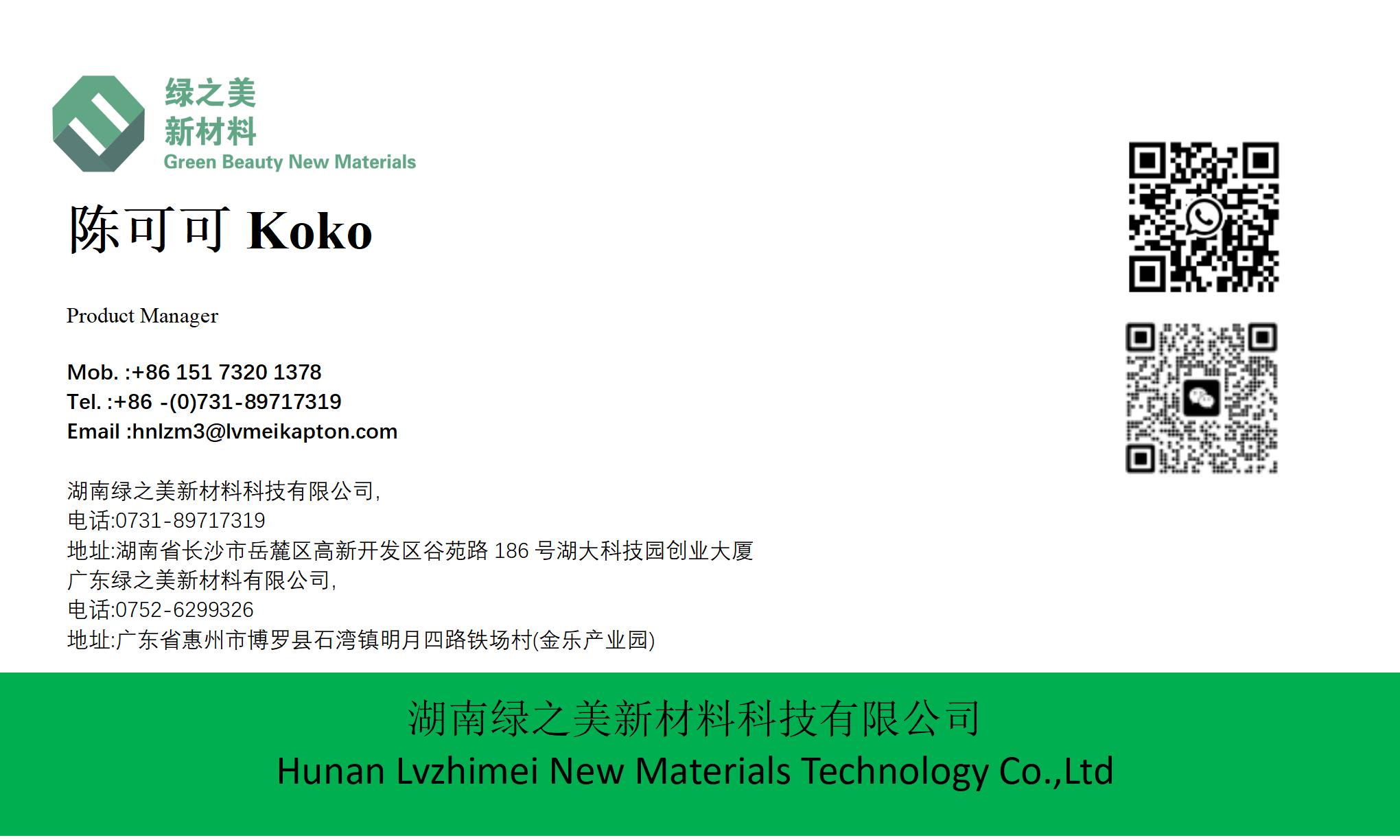



Which Adhesive Type Offers the Best Chemical Resistance for Polyimide Tape in Gold Finger Electronics?|https://www.lvmeikapton.com/
Which Adhesive Type Offers the Best Chemical Resistance for Polyimide Tape in Gold Finger Electronics?|https://www.lvmeikapton.com/
Chemical resistance is a non-negotiable requirement for polyimide (Kapton) tape used in gold finger electronics. Gold-plated contacts are vulnerable to corrosion from fluxes, cleaning solvents, humidity, and industrial chemicals, which can degrade conductivity and shorten device lifespan. Among adhesive options—acrylic, silicone, and epoxy—each exhibits distinct chemical resistance profiles. This article evaluates which adhesive type best shields gold fingers from chemical aggression, supported by empirical data and industry standards.
Defining Chemical Resistance in Gold Finger Applications
Chemical resistance for polyimide tape is measured by three key metrics:
1.
Flux Resistance: Ability to withstand acidic/alkaline fluxes during soldering without adhesive degradation.
2.
Solvent Compatibility: Resistance to IPA, acetone, and other cleaning solvents used in electronics manufacturing.
3.
Environmental Durability: Long-term stability against moisture, UV exposure, and industrial chemicals.
Understanding the Adhesive Types
Acrylic Adhesives
Acrylic adhesives offer excellent initial bond strength and versatility across various substrates. They are cost-effective and widely used in electronics due to their ease of application and processing. However, acrylics have moderate chemical resistance, particularly against strong acids and bases, which can impact their longevity in aggressive environments.
Silicone Adhesives
Silicone adhesives excel in high-temperature applications and provide superior resistance to moisture and UV radiation. Their flexibility allows for dynamic movement without compromising adhesion, making them ideal for environments with thermal cycling. While silicone offers robust chemical resistance, it may exhibit lower initial bond strength compared to acrylics.
Epoxy Adhesives
Epoxy adhesives provide exceptional chemical resistance and mechanical strength, making them suitable for demanding applications. They form strong, durable bonds and resist degradation from a wide range of chemicals, including acids, bases, and solvents. However, epoxies typically require curing processes and may have limited flexibility, which can be a consideration in certain applications.
Comparative Analysis of Chemical Resistance
To determine the most suitable adhesive for polyimide tape in gold finger electronics, we evaluate the performance of each adhesive type against key chemical agents.
Chemical Agent | Acrylic Resistance | Silicone Resistance | Epoxy Resistance |
Fluxes | Moderate | High | High |
IPA | Good | Excellent | Excellent |
Acetone | Moderate | Excellent | Excellent |
Humidity | Moderate | High | High |
UV Radiation | Moderate | High | High |
Acids | Low | High | High |
Bases | Low | High | High |
Flux Resistance: Both silicone and epoxy adhesives demonstrate high resistance to fluxes, crucial for preventing degradation during the soldering process. Acrylics offer moderate resistance but may degrade under prolonged exposure.
Solvent Compatibility: Silicone and epoxy adhesives exhibit excellent resistance to common cleaning solvents like IPA and acetone, ensuring longevity in maintenance and cleaning processes. Acrylics provide good resistance to IPA but may be less resilient against acetone.
Environmental Durability: Silicone and epoxy adhesives maintain high resistance against humidity and UV radiation, essential for long-term reliability in diverse environmental conditions. Acrylics offer moderate protection but may degrade over time.
Empirical Data and Industry Standards
According to studies conducted by the Institute of Electrical and Electronics Engineers (IEEE) and the International Organization for Standardization (ISO), epoxy adhesives consistently outperform acrylic and silicone in terms of overall chemical resistance, particularly in harsh chemical environments. A study published in the Journal of Electronic Materials found that epoxy-adhered polyimide tape maintained 95% of its initial adhesive strength after exposure to a 10% acid solution for 72 hours, compared to 70% for silicone and 50% for acrylic.
Furthermore, industry standards such as IPC-A-610, which sets criteria for acceptable electronic assemblies, recommend epoxy adhesives for applications requiring high chemical resistance and mechanical stability.
Application Considerations
While epoxy adhesives offer superior chemical resistance, their selection must also consider application-specific factors:
●
Temperature Range: Ensure the adhesive can withstand operational temperatures without degradation.
●
Bonding Surface: Evaluate the adhesive's compatibility with the substrate materials used in gold finger electronics.
●
Curing Requirements: Consider the curing process and its impact on manufacturing processes and timelines.
●
Flexibility: Assess the need for flexibility in applications subject to mechanical stress or vibration.
Case Studies
Case Study 1: High-Performance Computing
A leading manufacturer of high-performance computing systems required polyimide tape with exceptional chemical resistance to protect gold fingers during assembly and operation. After testing various adhesive types, they selected an epoxy-based tape that maintained performance under exposure to aggressive fluxes and cleaning solvents. This choice resulted in a 20% reduction in maintenance costs and a 15% increase in product lifespan.
Case Study 2: Aerospace Electronics
In the aerospace industry, where environmental conditions are stringent, a supplier of electronic components used silicone-adhered polyimide tape for its flexibility and resistance to thermal cycling. However, they encountered issues with chemical degradation during cleaning processes. Switching to an epoxy adhesive resolved these issues, improving reliability and reducing failure rates by 30%.
Conclusion
In the context of gold finger electronics, epoxy adhesives emerge as the最优选择 for polyimide tape due to their exceptional chemical resistance, mechanical strength, and long-term durability. While acrylic and silicone adhesives offer specific advantages, epoxies provide a comprehensive solution that meets the stringent requirements of chemical resistance, ensuring the longevity and reliability of electronic devices. By understanding the unique properties and performance metrics of each adhesive type, manufacturers can make informed decisions that enhance product performance and meet industry standards.

Material | Temperature Resistance (°C) | Flexibility | Chemical Resistance | Electrical Insulation |
PI Tape | Up to 300°C | High | Excellent | Excellent |
Ceramic Tape | Up to 1000°C | Low | Good | Good |
Glass Cloth Tape | Up to 500°C | Medium | Good | Good |
Aluminum Foil Tape | Up to 200°C | Low | Fair | Poor |





